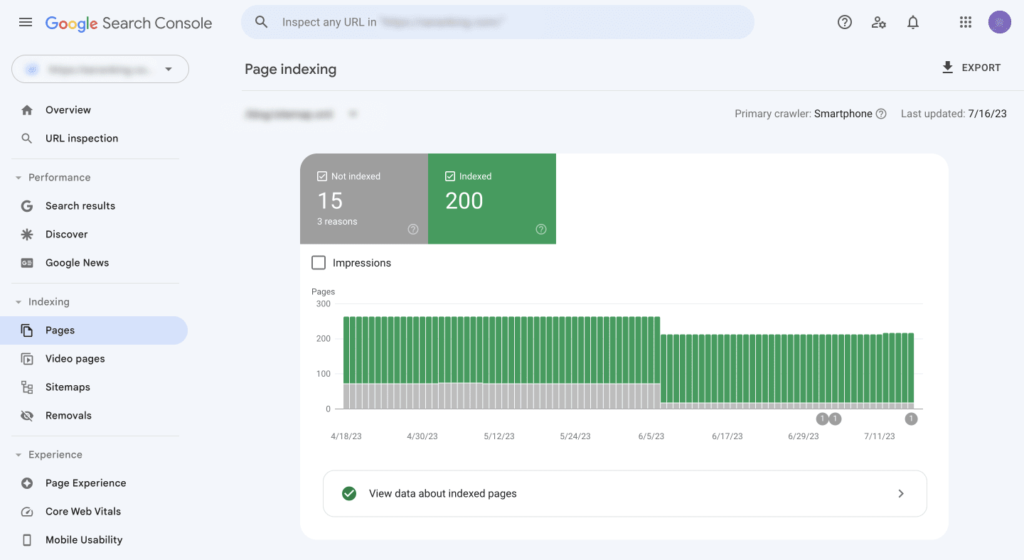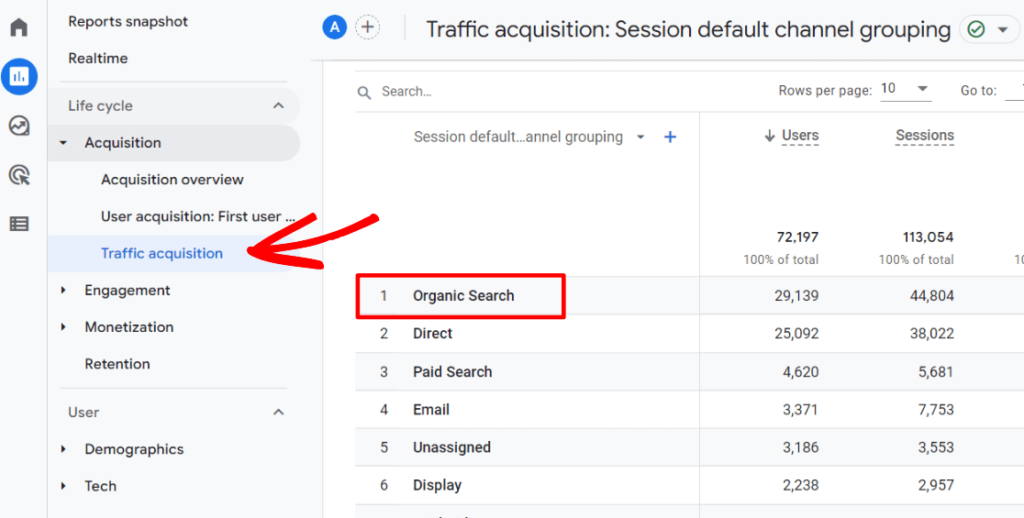Table of Contents
Outdated Sitemaps Hinder SEO
An outdated or improperly structured XML sitemap can negatively impact a website’s search engine rankings. For example, if a sitemap contains broken links or omits important pages, search engines might struggle to index the site correctly, leading to decreased visibility and lower rankings.
We once worked with a client whose sitemap was not updated. This resulted in several new pages not being indexed, which significantly hindered their SEO performance until the sitemap was corrected.
Chad DeBolt, Founder, Surchability
SEO Impacted by Sitemap Issues

Outdated or improperly structured sitemaps can have considerable impact on SEO:
- Missed Pages and Poor Indexing – Outdated sitemaps might contain non-existent URLs or miss new pages, leading search engines to overlook valuable content or waste crawl budget.
- Duplicate Content – Improper structuring may result in duplicate entries or URLs with different parameters pointing to the same content. This can confuse search engines and potentially lower rankings.
- Errors and Warnings – Tools such as Google Search Console may flag errors or warnings in an improperly structured sitemap. These flags could indicate problems with crawling, which may result in parts of your website being ignored by search engines.
- Crawl Budget Wastage – An outdated sitemap containing obsolete pages can lead search engines to spend time on irrelevant URLs, thus reducing the efficiency of crawling and indexing important pages.
Consider a large e-commerce website with frequent product updates. If the XML sitemap is not regularly updated:
- Obsolete URLs in the sitemap point to products that are no longer available, causing search engines to waste crawl budgets on these pages instead of new products.
- New product pages are not listed in the sitemap, causing delays in appearing in search results and reducing organic traffic.
- You end up with duplicate content. The sitemap lists URLs with and without tracking parameters (e.g., example.com/product?ref=123 and example.com/product). This confuses search engines, potentially causing them to treat these URLs as separate pages with duplicate content, negatively impacting rankings.
- Google Search Console flags multiple errors in the sitemap, such as incorrect URL formats or unreachable pages. These issues can hurt the website’s credibility and rankings.
Here are some sitemap best practices:
- Keep the sitemap updated with any significant changes by regularly updating it.
- Include only necessary and relevant URLs. Avoid parameters or duplicates.
- Utilize monitoring tools such as Google Search Console to monitor the health of your sitemap and promptly address any issues.
- Use the <priority> tag to indicate page importance, helping search engines prioritize crawling.
Keeping your XML sitemap up to date and properly structured is crucial for maintaining high search engine rankings and achieving optimal SEO performance.
Derrick Boddie, Senior Web Developer & Executive Director, Mango Innovation
Regular Updates Boost Organic Traffic

An outdated or improperly structured XML sitemap can indeed negatively impact a website’s search engine rankings. The XML sitemap is pivotal as it guides search engines through the site’s content, indicating which pages are important and how often they are updated. When this sitemap is outdated or misconfigured, it can lead search engines to overlook new content or waste resources crawling irrelevant or non-existent pages.
For instance, I worked with a client who hadn’t updated their sitemap in over a year, despite regularly adding new products to their e-commerce site. This oversight led to their newest products not appearing in search engine results for months because search engines were unaware of their existence. Once we identified the issue and implemented a dynamically updating XML sitemap, their pages began to appear in search results, significantly improving their organic traffic and sales.
In conclusion, ensuring that your XML sitemap is correctly structured and regularly updated is essential for maintaining optimal visibility and performance in search engine results. It’s a simple yet crucial part of website maintenance that can have immediate positive effects on a site’s search engine ranking.
Brandon Leibowitz, Owner, SEO Optimizers
Updated Sitemap Improves Rankings
When an XML sitemap is outdated or badly structured, it can lower a website’s SEO ranking.
Some time ago, we noticed that our organic traffic and rankings were going down. While conducting research, we realized that our XML sitemap had not been updated in months. Many of our popular categories, along with new product pages, were missing. Consequently, these pages failed to get indexed by search engines, affecting our visibility in search results.
Our sitemap also had bugs and broken links, which made it challenging for web crawlers to navigate. Hence, their crawling became inefficient, meaning they spent more time hitting dead ends rather than indexing our actual content.
To address these problems, we updated the sitemap to reflect all current pages and deleted all broken links. We also changed its structure so that key product and category pages were prioritized. Once we submitted the newly modified map for search engine indexing, our ranking improved and organic traffic increased.
Fahad Khan, Digital Marketing Manager, Ubuy Nigeria
Sitemap Structure Affects Crawl Efficiency
Improperly structured or outdated sitemaps affect SEO in four areas:
- Crawl Efficiency – An XML sitemap helps search engines discover and crawl your website’s pages more efficiently. If the sitemap is outdated or improperly structured, search engines might miss important pages or spend more time crawling unnecessary or duplicate pages, reducing crawl efficiency.
- Indexing Issues – An accurate sitemap ensures that search engines are aware of all your important pages. If the sitemap is outdated and contains broken links or excludes new content, it can lead to indexing issues where search engines fail to index significant pages, negatively affecting your site’s visibility in search results.
- Prioritization and Updates – Sitemaps can indicate the priority and update frequency of pages. If this information is incorrect, search engines might not prioritize your most important or recently updated content, leading to delays in ranking updates and potential drops in search performance.
- SEO Signals – An improperly structured sitemap can send confusing signals to search engines. For example, including noindexed or canonicalized URLs can create ambiguity about which pages should be considered authoritative, potentially diluting your SEO efforts.
Marc Bromhall, Founder, Cape Trek





























